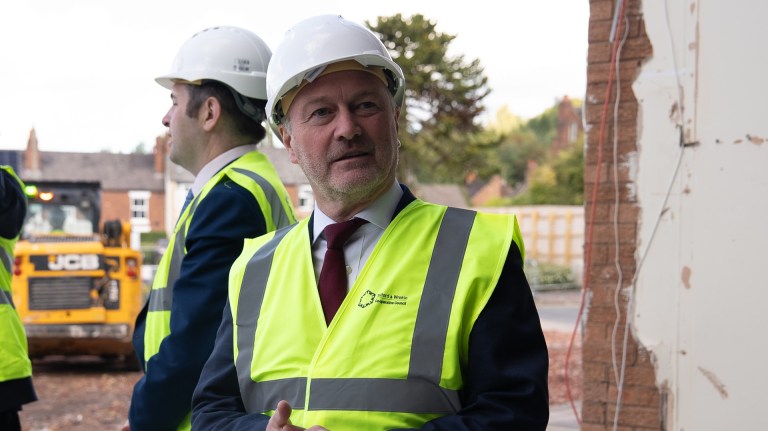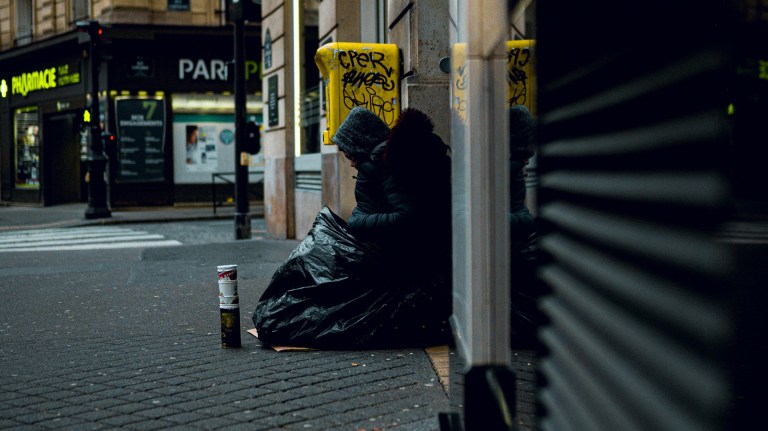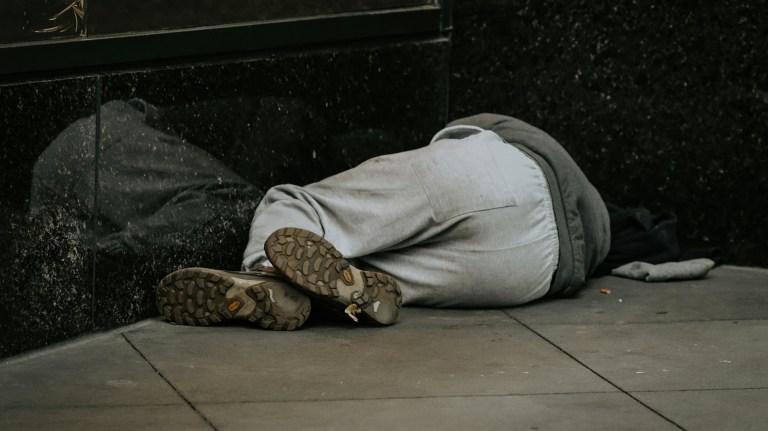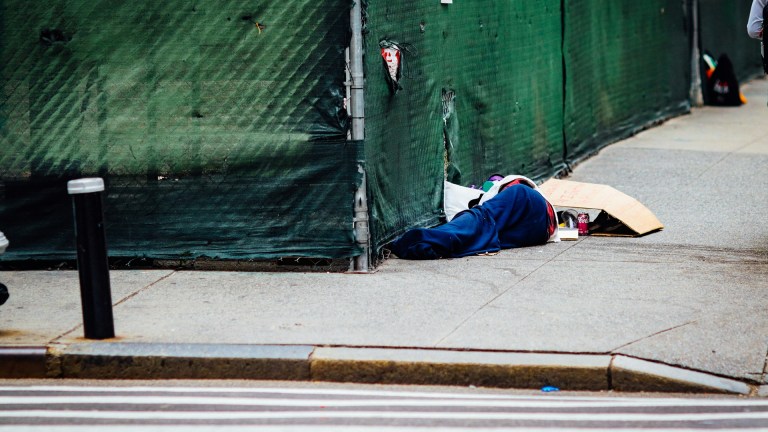Homelessness charities and women’s organisations joined forces to create the model after identifying how women were being missed from official counts because they tend to be more hidden on the streets than men on the streets.
While the stereotypical image of a rough sleeper might conjure up a vision of a man in a doorway, homeless women are more likely to be found sheltering in A&E waiting rooms, on night buses or trains, in squats, walking around all night or even taking the risk of staying with strangers.
None of these forms of rough sleeping are encompassed within the current government rough sleeping definition and that leaves women at risk of being missed or unable to access specialist services that meet their needs.
One of the women who completed the census survey told organisers that she was “scared to sleep outside in case anything bad happened to me”.
“It’s cold outside, it’s tough and scary,” she added. “When you’re a woman and so vulnerable and you’ve got no help, you go to somewhere like a station and think I’ll be OK – and then it’s not OK, it’s closed or there are other intimidating scary people there.
“I would roam around and travel on buses. As a female, you can’t just go to the corner of a road and sleep. It’s not safe.”
Advertising helps fund Big Issue’s mission to end poverty
The census found 391 women were rough sleeping in London, compared to the 159 found in the official count.
There were large discrepancies in other parts of the country too. In Greater Manchester the census uncovered 188 female rough sleepers compared to just five in the official account.
There were 61 women counted in the census in Coventry compared to just one in the official count. In Gloucestershire, 21 women were found in the census while the official count found zero.
The census’ organisers believe their count may still under-represent the true figure.
The group have called for leaders to change the way women’s rough sleeping is recognised, counted and responded to by making homelessness policies more gender-informed and conducting an equalities impact assessment on data.
They also hope ministers will take over the women’s rough sleeping census in the future to allow it to cover every local authority in England annually.
Advertising helps fund Big Issue’s mission to end poverty
Lucy Campbell, head of multiple disadvantage at Single Homeless Project, said: “Since we first launched the census in London in 2022, we have used the results to demonstrate that far more women sleep rough than previously understood and encourage more local authorities to join us and call for action.
“This year’s results from 816 women around England tell us more about how, when and where they sleep rough. The body of evidence shows that women’s needs are not being met, largely due to current government policies and practices which are based predominantly on the experiences of men. This is an equalities issue that needs urgent attention from central government so that women experiencing this devastating form of homelessness are not further marginalised by the support systems that are meant to help them.”
The Big Issue shadowed Single Homeless Project outreach workers as they looked for women on the streets of London in October last year.
Homelessness minister Felicity Buchan joined a briefing on the first day of the census and told the Big Issue that the count was “critically important” to help the government work towards its goal of ending rough sleeping by the end of this year. That goal is now virtually certain to be missed.
Michelle Binfield, London Councils’ rough sleeping programme director said: “With London’s homelessness crisis as bad as ever, it’s vital that service providers in the capital have clear and robust information on how many women sleep rough in London. This data is critical for shaping our strategic response and ensuring support services can meet these women’s needs.
“Alongside our partners across London’s homelessness sector, boroughs are committed to doing all we can to assist women off the streets and into safe accommodation.”
Advertising helps fund Big Issue’s mission to end poverty
Do you have a story to tell or opinions to share about this? We want to hear from you. Get in touch and tell us more.









